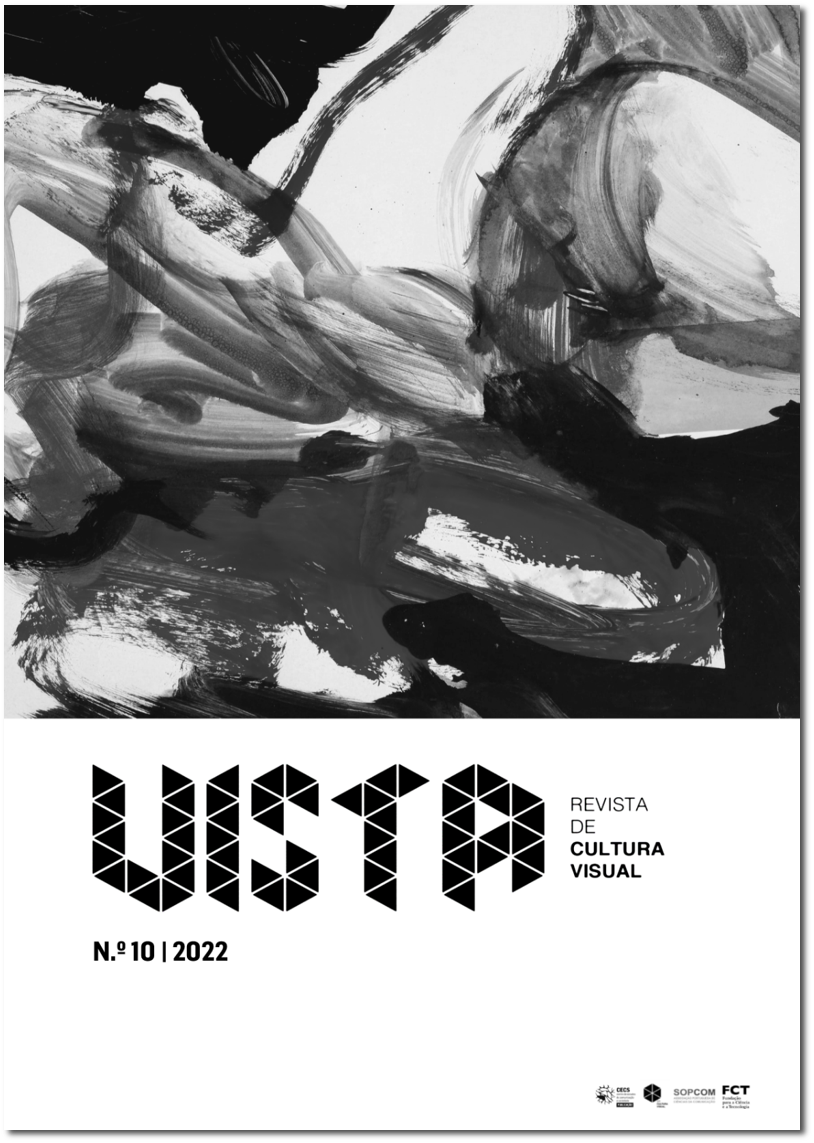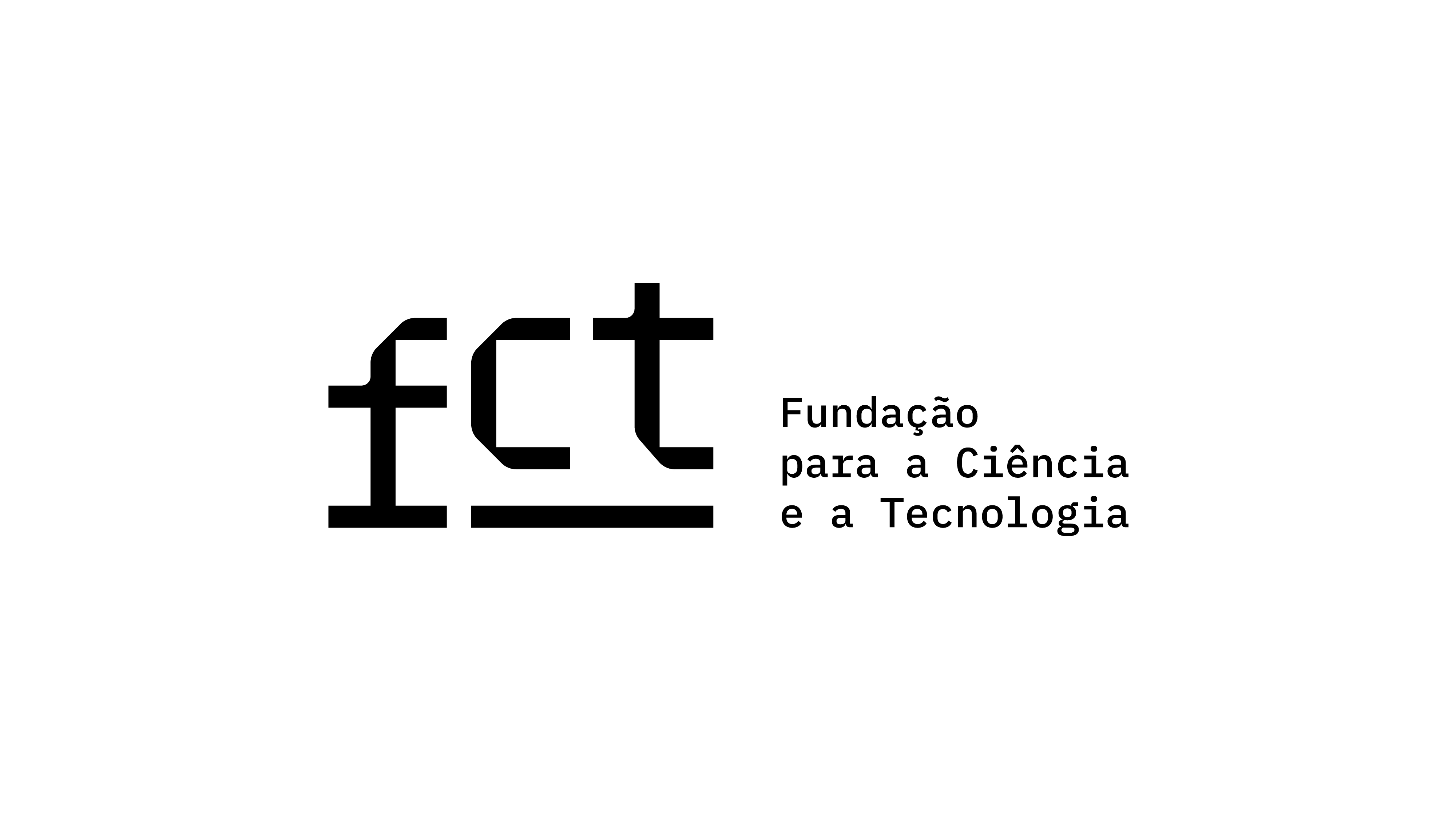Thick Description and Embodied Analysis of Digital Visual Artefacts: The Visual Repertoire of #SisterIDoBelieveYou
DOI:
https://doi.org/10.21814/vista.4132Keywords:
visual analysis, affect, protest, hashtag ethnography, feminist media studiesAbstract
In this work, we explore the relationship between affect and the use of aesthetics by feminist digital activists to communicate their ideas and protest against sexual violence. Our focus, therefore, lies on the visual culture of digital protest. We consider visual artefacts a visual repertoire of protest (Jenzen et al., 2020, p. 420) that can both be articulated in a specific local context whilst simultaneously echoing global sentiments. In this paper, we analyse the visual repertoire of protest of Spanish feminist digital activism against sexual violence. To do so, we analysed 696 visual artefacts linked to the hashtag #HermanaYoSíTeCreo (#SisterIDoBelieveYou) shared on Twitter between May 1, 2018, and August 31, 2020. Our methodological framework incorporates a collaborative triangled analysis based on social semiotics (Ledin & Machin, 2018; Van Leeuwen, 2005), socio-hermeneutic analysis (Knoblauch & Schnettler, 2012; Serrano Pascual & Zurdo Alaguero, 2010), hashtag ethnography (Bonilla & Rose, 2015), and interpretative thick description (Geertz, 1973, pp. 3–30). Additionally, we also developed an ethnographic sensibility towards the corpus, which engaged us in a constant dialogue to overcome the positivist trend of data-driven visual digital analysis.
Our work here addresses the understanding of how visual discourses can create the affective unification of social media users (Stage, 2013) as a key feature of feminist politics and online activism (Keller et al., 2018). We analysed the use of visual artefacts by the "virtual" community of sisterhood and concluded that these processes served as a basis for (a) establishing distinctive while versatile visual branding; (b) weaving an affective community; (c) articulating the desire to connect and to gather through love, hope, outrage and disgust; and (d) linking past and present as well as geographically distant feminist struggles.
Downloads
References
Ahmed, S. (2004). Affective economies. Social Text, 22(2), 117–139. https://muse.jhu.edu/article/55780
Anderson, B. (2009). Affective atmospheres. Emotion, Space and Society, 2(2), 77–81. https://doi.org/10.1016/j.emospa.2009.08.005
Assmann, J., & Czaplicka, J. (1995). Collective memory and cultural identity. New German Critique, (65), 125–133. https://doi.org/10.2307/488538
Azoulay, A. (2005). The ethics of the spectator: The citizenry of photography. Afterimage, 32(2), 38–44. https://www.proquest.com/scholarly-journals/ethic-spectator-citizenry-photography/docview/212110881/se-2
Azoulay, A. (2012, March 29). Un-photographs [Keynote lecture]. Photomedia 2012, Helsinki, Finland. https://blogs.aalto.fi/mediatutkimus/2012/02/16/the-keynote-lectures-in-helsinki-photomedia-conference-march-28-30-2012-aalto-arts/
Bach, H. (2007). Composing a visual narrative inquiry. In D. J. Clandinin (Ed.), Handbook of narrative inquiry: Mapping a methodology (pp. 280–307). SAGE Publications.
Bell, M. E., & Bell, S. E. (2012). What to do with all this "stuff"? Memory, family, and material objects. Storytelling, Self, Society: An Interdisciplinary Journal of Storytelling, 8(2), 63–84. https://doi.org/10.2307/41949178
Bonilla, Y., & Rose, J. (2015). #Ferguson: Digital protest, hashtag ethnography, and the racial politics of social media in the United States. American Ethnologist, 42(1), 4–17. https://doi.org/10.1111/amet.12112
Collins, P. H. (1990). Black feminist thought: Knowledge, consciousness, and the politics of empowerment. Routledge.
Edwards, E. (1997). Beyond the boundary: A consideration of the expressive in photography and anthropology. In M. Banks & H. Morphy (Eds.), Rethinking visual anthropology (pp. 53–80). Yale University Press.
García-Mingo, E., Díaz Fernández, S., & Tomás-Forte, S. (2022). (Re)configurando el imaginario sobre la violencia sexual desde el antifeminismo: El trabajo ideológico de la manosfera española. Política y Sociedad, 59(1), e80369. https://doi.org/10.5209/poso.80369
García-Mingo, E., & Prieto-Blanco, P. (2021). #SisterIdobelieveyou: Performative hashtags against patriarcal justice in Spain. Feminist Media Studies. Advance online publication. https://doi.org/10.1080/14680777.2021.1980079
Geertz, C. (1973) The interpretation of cultures. Basic Books.
Haraway, D. (1988). Situated knowledges: The science question in feminism and the privilege of partial perspective. Feminist Studies, 14(3), 575–599. https://doi.org/10.2307/3178066
Harding, S. (1993). Rethinking standpoint epistemology: What is "strong objectivity"? In L. Alcoff & E. Potter (Eds.), Feminist epistemologies (pp. 49–82). Routledge.
Hekman, S. (1997). Truth and method: Feminist standpoint theory revisited. Signs, 22(2), 341–365.
Jenzen, O., Erhart, I., Eslen-Ziya, H., Korkut, U., & McGarry, A. (2020). The symbol of social media in contemporary protest: Twitter and the Gezi Park movement. Convergence, 27(2), 414–437. https://doi.org/10.1177/1354856520933747
Keller, J., Mendes, K., & Ringrose, J. (2018). Speaking 'unspeakable things': Documenting digital feminist responses to rape culture. Journal of Gender Studies, 27(1), 22–36. https://doi.org/10.1080/09589236.2016.1211511
Kettrey, H. H., Davis, A. J., & Liberman, J. (2021). "Consent is f#@king required": Hashtag feminism surrounding sexual consent in a culture of postfeminist contradictions. Social Media + Society, 7(4), 1–11. https://doi.org/10.1177/20563051211062915
Knoblauch, H., & Schnettler, B. (2012). Videography: Analysing video data as a 'focused' ethnographic and hermeneutical exercise. Qualitative Research, 12(3), 334–356. https://doi.org/10.1177/1468794111436147
Kunstman, A. (2012). Introduction: Affective fabrics of digital cultures. In A. Karatzogianni & A. Kunstman (Eds.), Digital cultures and the politics of emotion (pp. 1–20). Palgrave McMillan.
Lather, P. (2007). Getting lost: Feminist efforts toward a double(d) science. State University of New York Press.
Ledin, P., & Machin, D. (2018). Doing visual analysis: From theory to practice. SAGE Publications.
Lehmuskallio, A. T. (2012). Pictorial practices in a “cam era” - Studying non-professional camera use [Doctoral dissertation, University of Tampere]. Trepo. https://trepo.tuni.fi/handle/10024/66918
Lobinger, K., & Schreiber, M. (2017). Photo sharing. In K. Lobinger (Ed.), Handbuch Visuelle Kommunikationsforschung (pp. 1–22). Springer VS. https://doi.org/10.1007/978-3-658-06738-0_19-1
Loenhoff, J. (2011). Tacit knowledge in intercultural communication. Intercultural Communication Studies, XX(1), 57–64.
Nikunen, K. (2019). Media, emotions and affect. In J. Currand & D. Hesmondhalgh (Eds.), Media and society (pp. 323–340). Bloomsbury. https://doi.org/10.5040/9781501340765.ch-017
Nikunen, K., Hokka, J., & Nelimarkka, M. (2021). Affective practice of soldiering: How sharing images is used to spread extremist and racist ethos on Soldiers of Odin Facebook site. Television & New Media, 22(2), 166–185. https://doi.org/10.1177/1527476420982235
Papacharissi, Z. (2015). Affective publics and structures of storytelling: Sentiment, events and mediality. Information, Communication & Society, 19, 307–324. https://doi.org/10.1080/1369118X.2015.1109697
Rentschler, C. (2014). Rape culture and the feminist politics of social media. Girlhood Studies, 7(1), 65–82. https://doi.org/10.3167/ghs.2014.070106
Rose, G. (2014). Visual culture, photography and the urban: An interpretive framework. Space and Culture India, 2(3), 5–12. https:// doi.org/10.20896/saci.v2i3.92
Serrano Pascual, A., & Zurdo Alaguero, A. (2010). Investigación social con materiales visuales. In M. Arroyo & I. Sadaba (Eds.), Metodología de la investigación social: Innovaciones y aplicaciones (pp. 217–250). Síntesis.
Sontag, S. (2003). Regarding the pain of others. Penguin Books.
Squire, C. (1995). From experience‐centered to socioculturally‐oriented approaches to narrative. In M. Andrews, C. Squire, & M. Tamboukou (Eds.), Doing narrative research (pp. 47–71). SAGE Publications.
Stage, C. (2013). The online crowd: A contradiction in terms? On the potentials of Gustave Le Bon's crowd psychology in an analysis of affective blogging. Distinktion: Scandinavian Journal of Social Theory, 14(2), 211–226. https://doi.org/10.1080/1600910X.2013.773261
Valles Martínez, M. S. (2009). Metodología biográfica y experiencia migratoria: Actualidad del enfoque de los testimonios anónimos y de autor en el legado de Juan F. Marsal. Papers: Revista de Sociología, 91, 103–125. https://doi.org/10.5565/rev/papers/v91n0.724
Van Leeuwen, T. (2005). Introducing social semiotics. Routledge.
Wetherell, M. (2012). Affect and emotion: A new social science understanding. SAGE Publications.
Downloads
Published
How to Cite
Issue
Section
License
Copyright (c) 2022 Patricia Prieto Blanco, Elisa García-Mingo, Silvia Díaz Fernández

This work is licensed under a Creative Commons Attribution 4.0 International License.
Authors own the copyright, providing the journal with the right of first publication. The work is licensed under a Creative Commons Attribution 4.0 International License.













